THE WASHINGTON POST: This town has no cell service, so the ‘electrosensitive’ have made it home
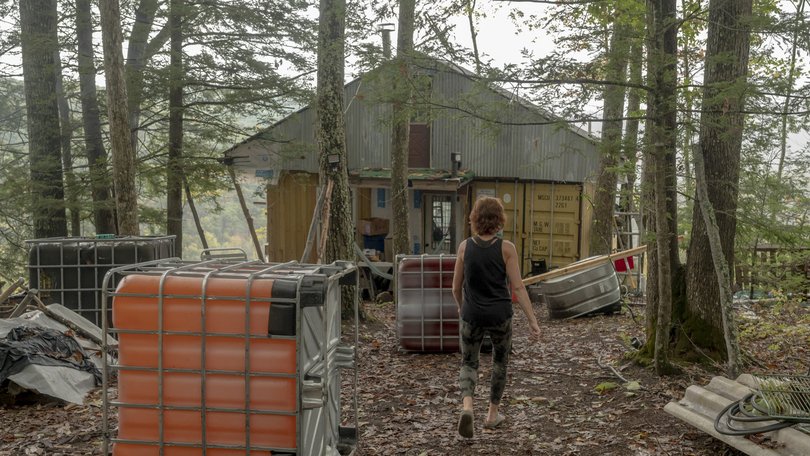
Brandon Barrett arrived here two weeks ago, sick but hopeful, like dozens before him.
Just a few years back, he could deadlift 660 pounds. After an injury while training to be a professional dirt bike rider, he opened a motorcycle shop just north of Buffalo. When he wasn’t working, he would cleanse his mind through rigorous meditation.
In 2019, he began getting sick. And then sicker. Brain fog. Memory issues. Difficulty focusing. Depression. Anxiety. Fatigue.
Sign up to The Nightly's newsletters.
Get the first look at the digital newspaper, curated daily stories and breaking headlines delivered to your inbox.
By continuing you agree to our Terms and Privacy Policy.Brandon was pretty sure he knew why: the cell tower a quarter-mile behind his shop and all the electromagnetic radiation it produces, that cellphones produce, that WiFi routers produce, that Bluetooth produces, that the whole damn world produces. He thought about the invisible waves that zip through our airspace - maybe they pollute our bodies, somehow?
In the summer of 2023, when his ears began to leak what looked like bloody fluid, Brandon noticed there were new rows of panels on the cell tower.
He would head to more rural areas for a bit and feel better. Not good, but better. He would return to civilization and feel worse.
He’d never tested positive for COVID, Brandon says, and doctors couldn’t diagnose the problem. They wouldn’t take him seriously when he said that the cell tower was the cause. A neurologist pushed migraine medication on him, to no avail. Brandon gave up on the medical field.
He didn’t want to give up on his friends and family, but eventually, he felt too sick to even see them.
“I was headed toward being suicidal,” he says. “It didn’t seem like there was any escape.”
Then Brandon read about Green Bank, an unincorporated speck on the West Virginia map, hidden in the Allegheny Mountains, about a four-hour drive southwest of D.C. There are no cell towers there, by design.

He read that other sick people had moved here and gotten better, and that the area’s electromagnetic quietude is protected by the federal government.
Perhaps it could protect Brandon.
It’s quiet here so that scientists can listen to corners of the universe, billions of light-years away.
In the 1950s, the federal government snatched up farmland to build the Green Bank Observatory. It’s now home to the Robert C. Byrd Green Bank Radio Telescope, the largest steerable telescope in the world at 7,600 metric tons and a height of 485 feet. Its 2.3-acre dish can study quasars and pulsars, map asteroids and planets, and search for evidence of extraterrestrial life.
The observatory’s machines are so sensitive that terrestrial radio waves would interfere with their astronomical exploration, like a shout (a bunch of WiFi signals) drowning out a whisper (signals from the clouds of hydrogen hanging out between galaxies). So in 1958, the Federal Communications Commission created the National Radio Quiet Zone, a 13,000-square-mile area encompassing wedges of both Virginia and West Virginia, where radio transmissions are restricted to varying degrees.
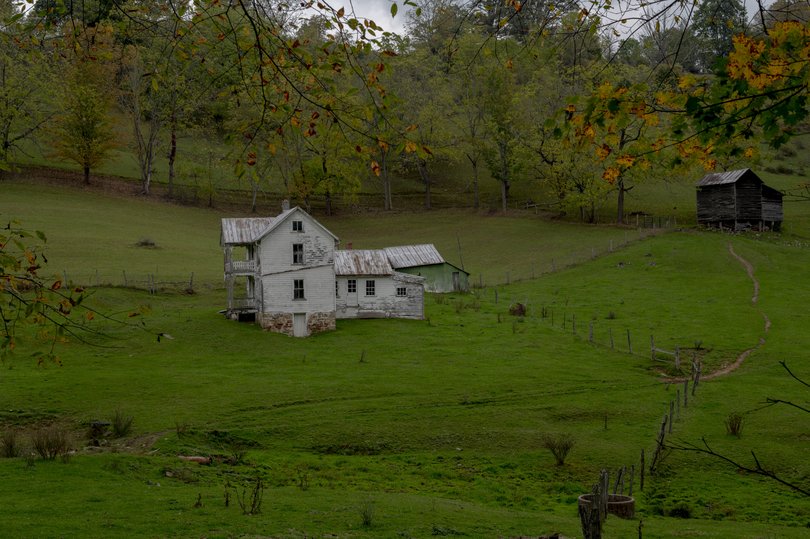
At its centre is a 10-mile zone around the observatory where WiFi, cellphones and cordless phones - among many other types of wave-emitting equipment - are outlawed.
Wired internet is okay, as are televisions - though you must have a cable or satellite provider. It’s not a place out of 100 years ago. More like 30. If you want to make plans to meet someone, you make them in person.
Some people move here to work at the observatory. Others come because they feel like they have to. These are the “electrosensitives,” as they often refer to themselves. They are ill, and Green Bank is their Lourdes.
The electrosensitives guess that they number at least 75 in Pocahontas County, which has a population of roughly 7,500.
On an early October morning, the air smells of hay and manure. Cattle and sheep roam between cheap cow fencing. Donald Trump and Robert F. Kennedy Jr. flags hang from Colonial-style farmhouses.
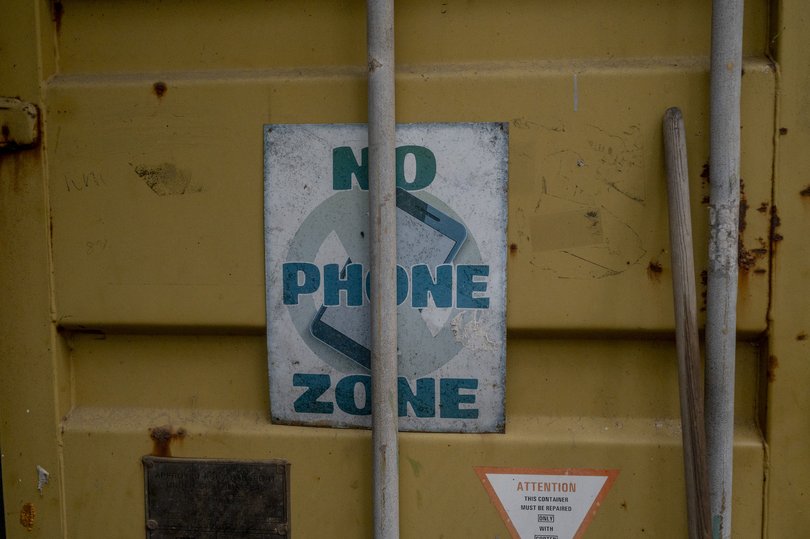
And some electrosensitives gather outside the Green Bank Public Library to do something they’re wary of doing: Talk to me.
Sue Howard, 63, has brought apples picked from her yard. She’s the person who invited everyone. She’s the old hand, a Green Banker since 2016, and one of many who took Brandon under their wings when he arrived two weeks ago.
Out here, Sue feels better. So does Brandon. Not perfect, but better.
But when new electrosensitive people arrive, they often need a guide. It’s difficult to admit you’re electrosensitive, much less come to terms with a new life. When Brandon began suspecting that his illness was related to that cell tower, he wanted to ignore it, because it would mean he had to move.
He would tell other people, but they didn’t want to hear it. He was sick, and he was lonely.
There are other places where you can probably escape the clutches of the 21st century. The mountain West. The desert Southwest. The woods of the Northeast. But Sue points to something Green Bank has that other redoubts may not: a community of necessity.
Here, the electrosensitives sometimes gather for holidays. They visit one another and help with household projects. They learn from each other. And they swap stories.
Brandon tells his. And Sue tells hers: She suffered for a long time. She grew up in Westchester County in New York and still refers to herself as a New Yorker. But, like Brandon, she began getting sick. Heart arrhythmia. Headaches. Eye problems. Burning skin.
She visited countless doctors. They couldn’t pinpoint what was wrong. She and her husband hardwired the internet in their Westchester home and covered electrical wires.
“I lost a decade of my life,” Sue says, but then she found Green Bank by reading a magazine article about the area. The subjects in that story now speak about it with vitriol. They call it a hit job. They feel misrepresented.
So they’re nervous about telling their stories to people outside the community, to people like me. Because they’ve heard it all.
They’ve heard how there’s no true scientific consensus on their illness, though they point out that Sweden recognizes electrohypersensitivity (EHS) as a functional impairment - albeit a self-reported condition, also. They’ve watched journalists discredit the doctors and scientists who support the idea of EHS. And, no, they don’t like the caricature of electrosensitivity depicted on the TV show “Better Call Saul”: a frantic, paranoid man wrapping himself in a foil blanket and avoiding even sunlight.
They hate how articles like this one always use couching language. They claim … They say … They identify as …
They arrive to the library with leaflets, books, DVDs, information about EHS. They know I’m going to get it wrong.
But Sue also brings apples.
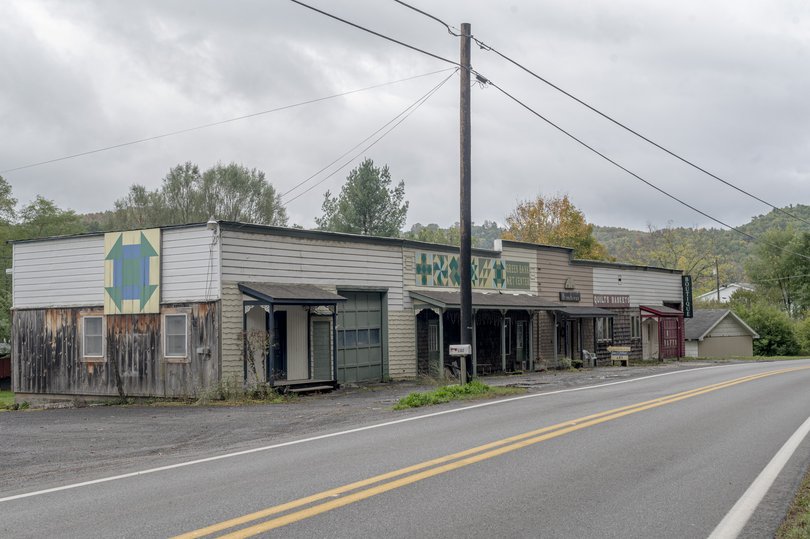
Human stories connect people, she says. It’s why she has shared hers before, and why she suggests Brandon share his now. So she connects me to Brandon.
Maybe their stories will reach someone else - someone in pain who’s listening out there but isn’t sure for what yet.
Another reason they need each other: Life in Green Bank, they say, is better but not easy.
“There is a grieving process when you move here,” Sue says. “Nobody picks up their life and does this unless they have to.”
Nearby towns have more trappings of modern life but not many. In Cass, almost seven miles down the road, a roadhouse grill and general store has a plastic marquee boasting beer and WiFi.
Sue has to visit the nearby town of Elkins, about 50 miles north of Green Bank, to go grocery shopping. “It’s like driving into a brick wall,” she says of her trips there. Her symptoms begin re-emerging, and it takes her several days to recuperate.
So they help each other out.
“You’re so isolated from civilization,” says Audra Bogacik, a former dental hygienist in her late 50s who moved here from Pittsburgh to heal from nosebleeds, burning skin, gallstones, you name it. “You don’t go to movies anymore. You don’t really go to restaurants. You don’t hang out with your friends from home. It’s very difficult.”
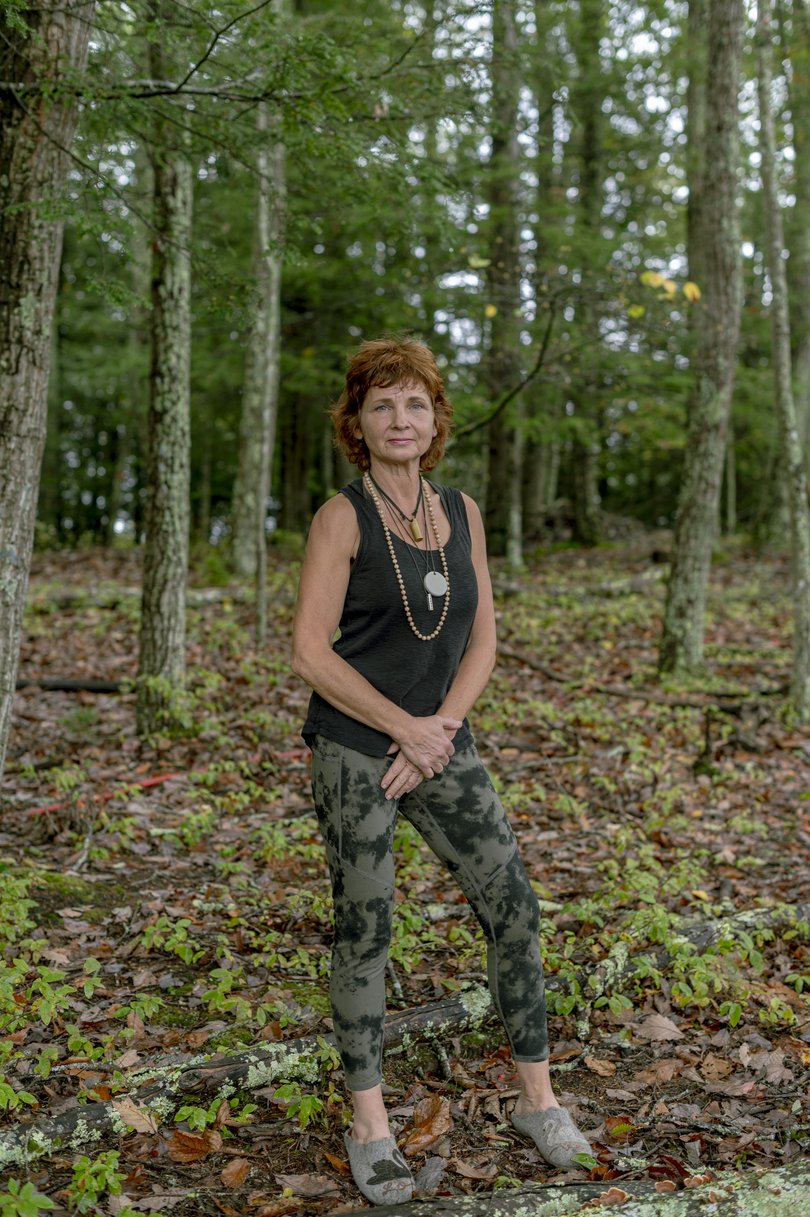
When Brandon arrived without a place to stay, Audra and her father put him up in a house built out of shipping containers on their off-grid camp, hidden deep in the forest on top of a mountain.
Brandon is still looking for a permanent place to live, and Sue helps. Recently, she pointed to a power line near a plot of land he was considering.
“It’s not like if you’re hypersensitive, you come here and all your problems are solved,” Brandon says. He’s considering finding a cabin in the woods.
Sue is building a house with two structures on a large plot, far from other people: One with electronics, so her husband can still enjoy the creature comforts of modern life, and one insulated from them. Brandon helped her carry hefty bags of insulation onto the construction site.
“The idea is to get a quiet zone within the Quiet Zone,” she says.
But can it ever get quiet enough - especially when the noise is constantly encroaching?
Green Bank is safe for the electrosensitives, for now.
Recently, commissions from eight counties in the Quiet Zone passed resolutions expressing concern that the zone hinders public safety. They say that the limited cell and WiFi service leads to slower communications between first responders and can endanger lives throughout the zone’s 13,000 square miles. And nonsensitive residents of Green Bank continue to install WiFi, even if they aren’t supposed to.
“I don’t blame local people for wanting it,” Sue says.

At the same time, she adds, “this is a human rights issue. We have a right for our body to not be penetrated by this.”
Locals, they say, are kind - but they know that not everyone believes they’re actually electrosensitive. They all feel the incredible emotional toll of not being believed, of living life sick, of having to give up everything just to feel better.
“The community banters about their experiences,” says Audra. As we sit on the makeshift porch on her off-grid camp, she and her father and Brandon and Sue chat about their symptoms, what exacerbates them, and discuss which is worse: alternating electrical currents, or direct.
They speak in a language that sounds almost foreign: technical and jargon-y, but fluent in the countless ways to feel pain.
They also talk about what they have lost: people, mostly. For Brandon, his motorcycle shop and his family. For Sue, her life in Westchester. For Audra, her Pittsburgh friends.
But they have found each other. Their well-being might come at a cost, but you can’t put a price on being understood.
© 2024 , The Washington Post
